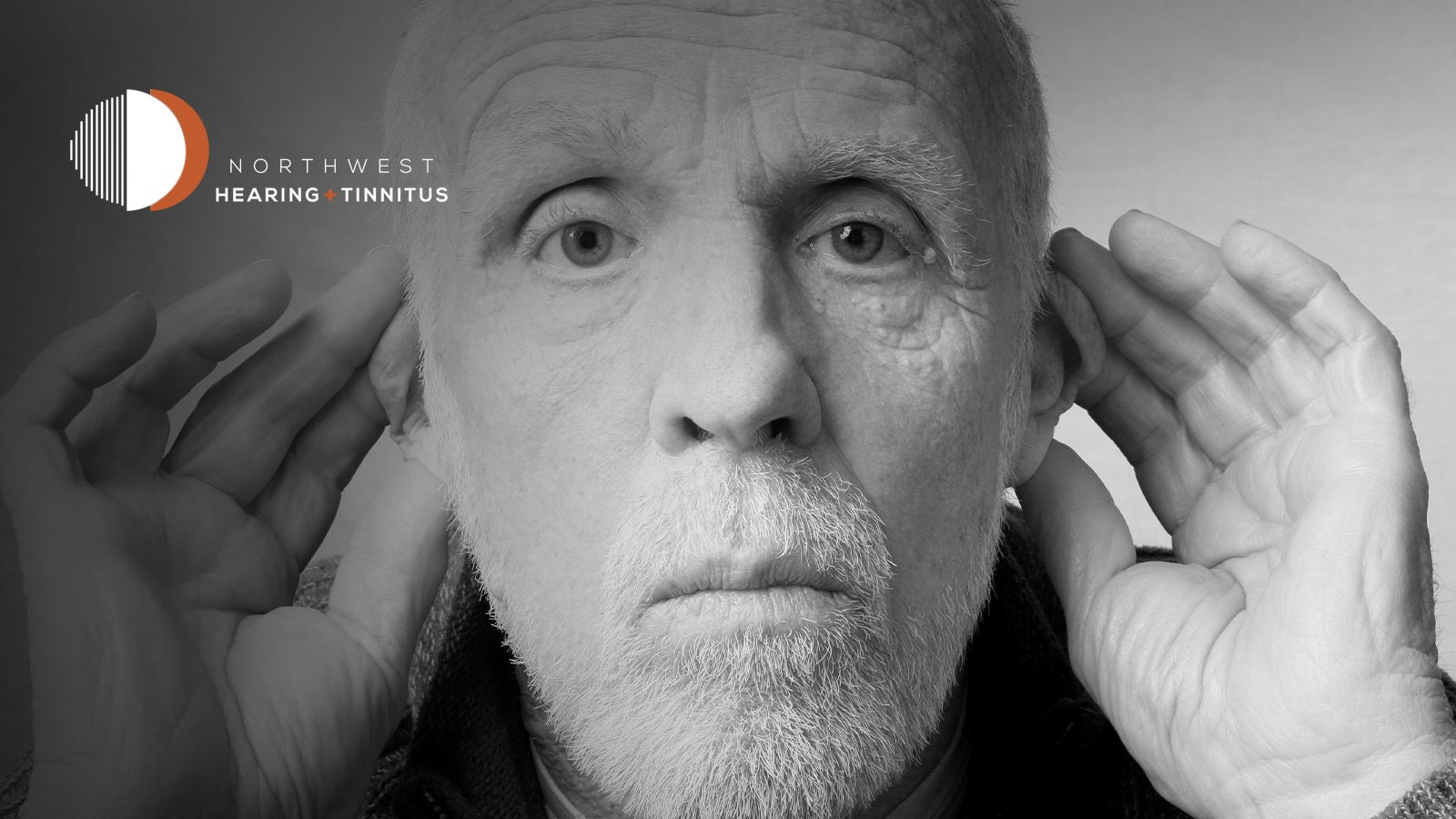4 More Hearing Aid Tips
In our previous Northwest Audio article, we gave you three DIY tips for improving your hearing aid function. Here now are a further four hearing aid tips for you.
Too Much Background Noise

The majority of hearing aids available today come with directional microphones and other features that automatically enhance speech and other sounds you want to hear while reducing background noise. Additionally, you can work with our knowledgeable team to tailor the built-in capabilities to your particular needs.
If you later discover that your hearing aids are causing you to hear too much background noise, try the following:
- If a hearing aid app is compatible with your device and has settings to further reduce unwanted sounds, use it.
- Before establishing a Bluetooth connection with a device that requires a companion app, make sure the app and your internet are both operational.
- If your device has telecoil or T-coil functionality, you can use it to connect to hearing loops that some public places, theaters, and lecture halls have installed to make it easier to hear inside their spaces.
By controlling your environment, you can lessen distracting sounds by, for example, muting or turning off other audio sources, closing the door to block out background noise, or keeping the noise behind you.
Battery Draining Too Fast
Does the battery on your device seem to deplete its power a little too quickly? If the hearing aids are left on for a long time, this could occur. Hearing aids should be turned off when not in use and should be stored safely at night.
A source of the issue could also be outdated batteries:
- When purchasing disposable batteries, make sure to read the packaging carefully and note both the date you installed the batteries in your device and the estimated expiration date, if one is provided.
- Consider having a professional checkup performed on rechargeable devices if they have been in use for a while (3 to 4 years, for instance).
Unable to Charge A Rechargeable Device
Rechargeable hearing aids are unrivaled in terms of convenience. Check to make sure that the following are in place if something appears to be interfering with quick and simple charging:
- The hearing aid is correctly positioned in the dock or charging cradle.
- The charger for the hearing aid is correctly plugged into the power outlet or fully charged.
Bluetooth Connection Issues with the Device
Modern digital hearing aids now have access to new levels of functionality thanks to Bluetooth connectivity. It simplifies streaming by sending audio content directly from a sound source to your hearing devices, including music, phone calls, video conversations, and other audio.
These steps may help you pair your Bluetooth-enabled hearing aid with another Bluetooth-enabled electronic device, if you’re having trouble.
- Make sure Bluetooth is turned on for both the other device and your hearing aid.
- Verify that the devices have not already been paired. This may occasionally happen automatically.
- Ensure your devices are in range for the connection to work.
- Make sure any apps or Wi-Fi access required to connect to the other device are turned on.
- Remove any existing pairings between the equipment you’re trying to pair and other devices.
- Follow the directions in the manual to try pairing again.
Need Hearing Aid Help?
We hope you’ve found these hearing aid tips helpful. Do you have questions concerning your hearing aids? Do you have a technical problem that might not be resolvable by these DIY hearing aid tips? We’re happy to assist. Different hearing aid models, styles, and types may have different solutions. So, don’t hesitate. To schedule an appointment or to get answers to your questions, get in touch with our friendly staff at Northwest Audio right away!
